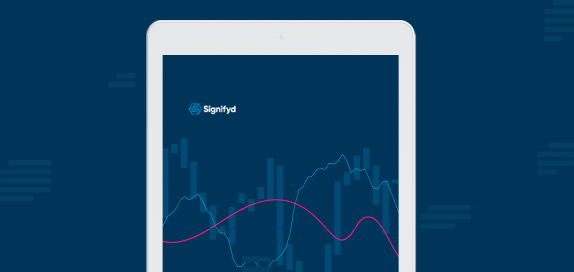Although there were notable winners, retailers across the United Kingdom saw a sluggish Boxing Day, the continuation of a disappointing trend that stretched through much of the holiday shopping season.
Footfall at brick-and-mortar stores on high streets and at retail parks was down 3.1 percent by late afternoon on Wednesday, according to The Guardian, which noted that the decline marked the third year in a row that in-store traffic had fallen. The slow Boxing Day follows a UK holiday shopping season that got off to a bad start with November sales down year-over-year.
Experts point to a number of familiar factors — and some new ones — to explain slowing sales in brick-and-mortar stores. There’s consumers’ shift from wanting things to wanting experiences. There was the unseasonably warm weather, which hurt winter apparel sales. There is the uncertainty of Brexit and its effect on consumer confidence. And there is the continuing shift of shopping from in-store to online.
Shift to online shopping presents an opportunity for retailers
And while some factors remain out of retailers’ hands, the shift to online shopping can, in fact, be an opportunity. The growth of online sales has been a constant for years. Retailers who can provide digital shoppers with a differentiated experience and/or differentiated products have the chance to attract new customers and keep current ones.
In fact, experience can work as a differentiator for omnichannel retailers who focus on pleasing customers no matter the channels they choose to use for shopping. Consider what Michael Ward, managing director of Harrods, told the Guardian, as he explained that he expected Harrods to see the same number of shoppers on Boxing Day as in years past.
“We are not just putting out racks of clothing; we are creating experiences for our customers,” The Guardian quoted Ward as saying. “If you have never differentiated your product and had the same offering on the high street for the past 20 years, of course you are going to suffer. We haven’t done that. We’ve been very agile.”
In fact, London, along with Scotland and Wales, saw an increase in Boxing Day sales, The Guardian reported. Oxford Street crowds were up 16 percent from Boxing Day a year ago, the news site reported. And an executive from shopping-center operator Intu told the Guardian that crowds lined up early at centers in search for bargains. In fact, the company reported, about 20,000 shoppers visited the Trafford Center by 10 a.m., about the same as last year.
All that said, it remains an open question whether shopping holidays are even the best measure of retail’s health. As consumers have moved to online shopping and mobile devices, the anytime, anywhere nature of shopping diminishes the importance of any particular day in a shopping season.
Importance of “shopping holidays” not what it once was
Diane Wehrle, an analyst with retail intelligence firm Springboard told The Guardian that Boxing Day is not as important as it once was in terms of shopping. Similar trends have been seen with Black Friday in the United States. Wehrle and other analysts have pointed to aggressive and constant discounting as one reason shoppers aren’t as likely to focus on one big “sale day” to do their shopping.
The discounting craze has the potential of creating a race to the bottom among retailers. The Guardian noted deep discounts by Topshop, H Samuel, Clarks, House of Fraser, River Island and New Look, for example.
Wehrle also noted that online shopping is on the rise, which naturally affects in-store traffic. All the more reason for retailers to focus on the digital experiences they provide. Consumers’ expectations are higher than ever for websites that load quickly, are easy to navigate, seem to know a shopper’s likes and dislikes, come without barriers to quick and easy checkout and keep shoppers informed about the status of orders.
While some of the events feeding the slowing High Street holiday shopping will be non-factors by Boxing Day 2019, the overall trends among consumers looking for more selection, convenience and transparency are not going to be reversed. Best then, to see consumers’ shifting habits as an opportunity and move decisively to take advantage of it.
Photo by Mike Cassidy







